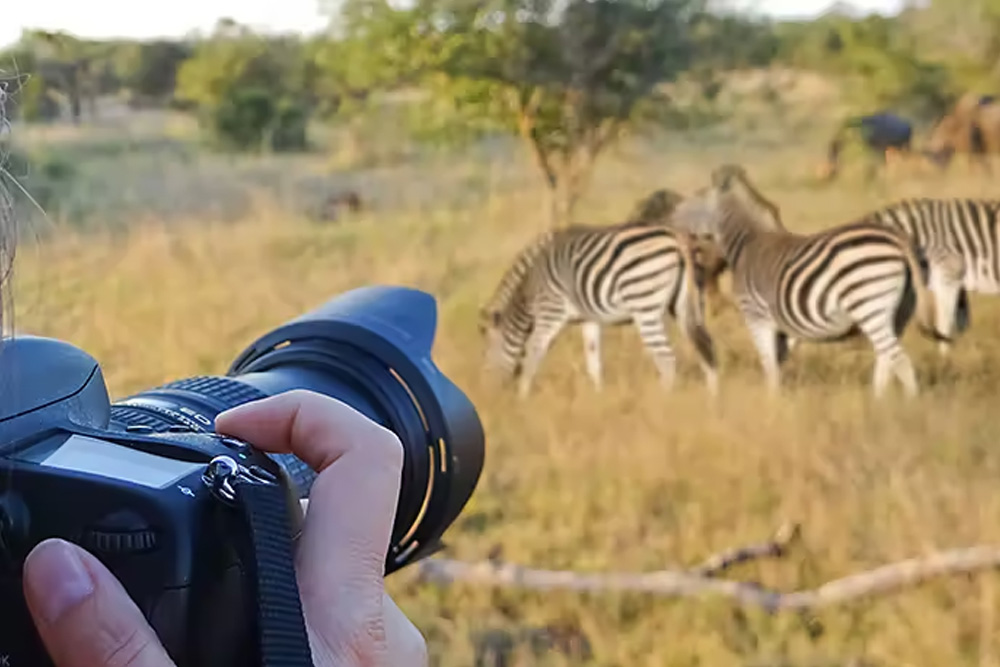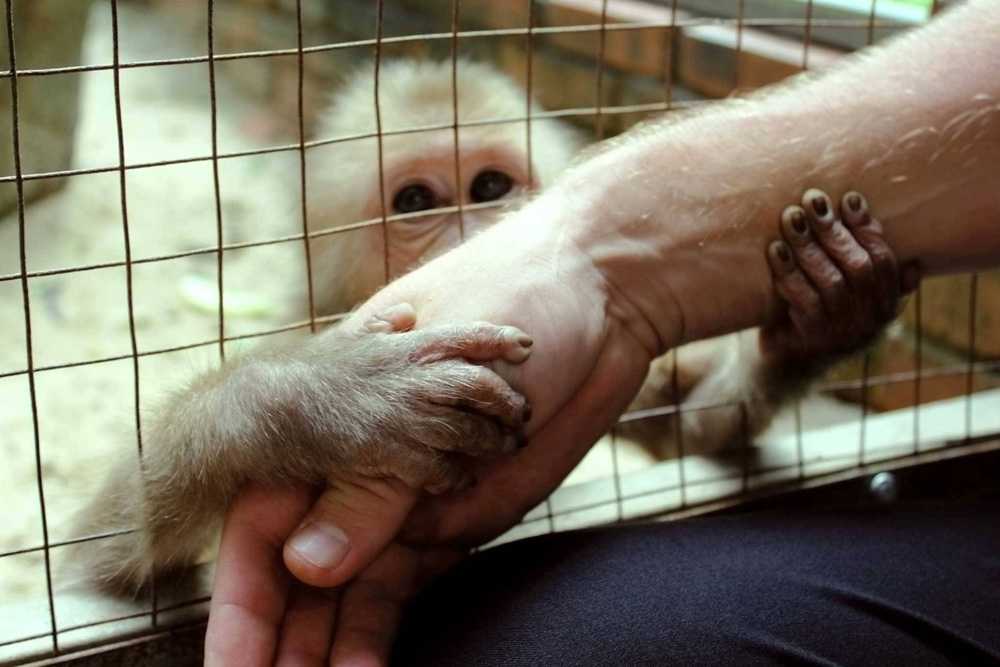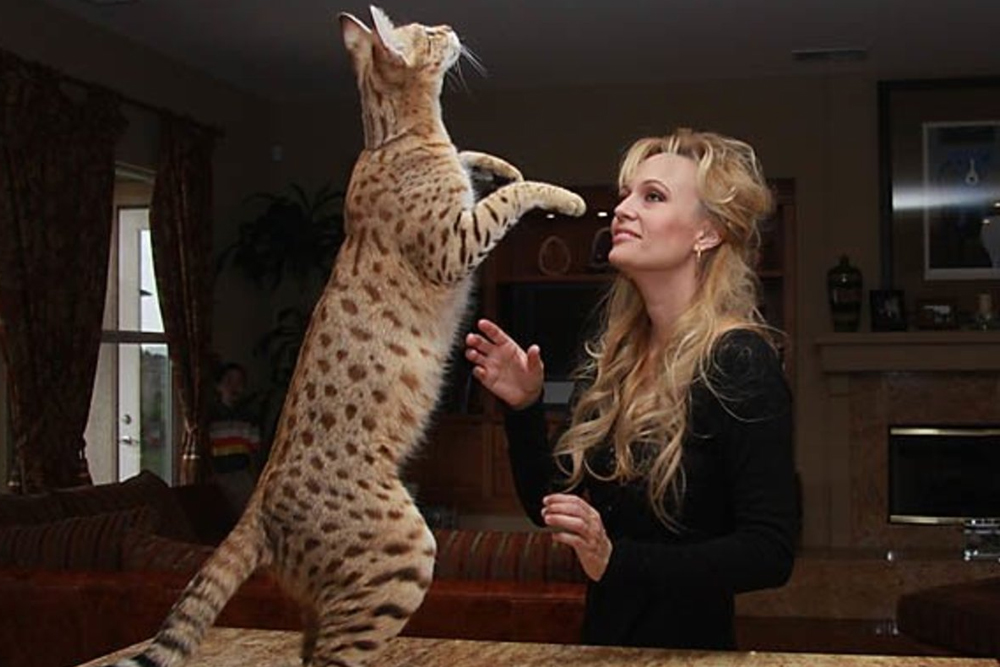The Mystique of the Rainforest: Discovering Exotic Plants and Animals

The rainforest is a fascinating and mysterious place, full of life and diversity. It is home to millions of species of plants and animals, many of which are still unknown to science. The rainforest is also a vital source of oxygen, medicine, food and other resources for humans and the planet.
In this text, we will explore some of the exotic plants and animals that live in the rainforest, and learn about their adaptations, interactions and importance. We will also discuss some of the threats and challenges that the rainforest faces, and what we can do to protect it.
Related articles
1- Treat Your Pet Like Family: 10 Fun Activities to Do Together
2- Keep Your Pet Healthy and Happy with Regular Veterinary Check-ups
3- How to Keep Your Pets Mind Sharp with Unique Games and Foods!
4- From Fat to Fit: Home Exercises for Your Obese Pet
Some of the most amazing plants in the rainforest are the orchids. Orchids are a large and diverse family of flowering plants, with over 25,000 species worldwide. They have a variety of shapes, colors and sizes, and some of them have evolved to mimic insects or animals to attract pollinators. For example, the bee orchid looks like a female bee, and the monkey orchid looks like a monkey’s face. Orchids grow in different habitats in the rainforest, from the forest floor to the canopy. They often attach themselves to other plants or trees, using them as support.
Another remarkable group of plants in the rainforest are the carnivorous plants. Carnivorous plants are plants that trap and digest insects or other small animals for nutrients. They have developed this strategy to cope with the poor soil conditions in the rainforest. Some examples of carnivorous plants are the pitcher plants, which have modified leaves that form a container filled with digestive fluid. Insects are lured by the nectar or scent of the pitcher plant, and fall into the trap. The venus flytrap is another famous carnivorous plant, which has two hinged leaves that snap shut when an insect touches the trigger hairs on their surface.
The rainforest is also home to some of the most diverse and colorful animals in the world. One of them is the toucan, a bird with a large and colorful bill that can measure up to half its body length. The toucan uses its bill to reach fruits and nuts from branches, as well as to defend itself from predators or rivals. Toucans live in small flocks in the canopy of the rainforest, and communicate with each other by making loud and croaking noises.
Another stunning animal in the rainforest is the poison dart frog. Poison dart frogs are small frogs that have bright colors and patterns on their skin. These colors serve as a warning to predators that they are poisonous. Poison dart frogs secrete toxins from their skin glands, which can cause paralysis or death if ingested. Some indigenous people use these toxins to coat their arrows or darts for hunting. Poison dart frogs live on the forest floor or on low vegetation, where they feed on insects and spiders.
The rainforest is not only a place of beauty and wonder, but also a place of danger and challenge. The rainforest faces many threats from human activities, such as deforestation, logging, mining, agriculture and urbanization. These activities destroy or degrade the habitat of many plants and animals, reducing their populations and biodiversity. They also contribute to climate change, by releasing greenhouse gases into the atmosphere and reducing the carbon storage capacity of the rainforest.
The rainforest is a precious and irreplaceable treasure that we need to conserve and protect. We can do this by supporting organizations that work to preserve the rainforest and its inhabitants, such as WWF or Rainforest Alliance. We can also reduce our impact on the environment by using less paper and wood products, recycling and reusing materials, choosing organic and fair trade products, and educating ourselves and others about the importance of the rainforest.
The rainforest is a fascinating and mysterious place, full of life and diversity. It is home to millions of species of plants and animals, many of which are still unknown to science. The rainforest is also a vital source of oxygen, medicine, food and other resources for humans and the planet.
In this text, we will explore some of the exotic plants and animals that live in the rainforest, and learn about their adaptations, interactions and importance. We will also discuss some of the threats and challenges that the rainforest faces, and what we can do to protect it.
- Rainforests cover about 6% of the Earth’s land surface, but contain more than half of its biodiversity.
- The largest flower in the world, the Rafflesia arnoldii, grows in the rainforests of Southeast Asia. It can reach up to one meter in diameter and weigh up to 10 kilograms. It also smells like rotting meat to attract flies for pollination.
- The jaguar is the largest cat in the Americas and the third largest in the world. It lives in the rainforests of Central and South America, where it hunts a variety of prey, including caimans, tapirs and monkeys. It has powerful jaws that can crush the skull of its victim with one bite.
- The blue morpho butterfly is one of the most beautiful insects in the rainforest. It has iridescent blue wings that reflect light and create a dazzling effect. The blue color is not due to pigments, but to tiny scales on the wings that diffract light. The underside of the wings is brown with eye spots that help camouflage the butterfly from predators.
- The liana is a type of vine that grows in the rainforest. It can reach up to 3,000 meters in length and climb up trees to reach sunlight. Some lianas have thorns or hooks to attach themselves to the tree bark, while others wrap themselves around the tree trunk or branches. Lianas provide food and shelter for many animals, such as monkeys, sloths and birds.
- The piranha is a notorious fish that lives in the rivers and lakes of the Amazon rainforest. It has sharp teeth that can tear flesh from bones in seconds. However, piranhas are not as aggressive as they are portrayed in movies. They usually feed on smaller fish, insects and plants, and only attack larger animals when they are hungry or threatened.
- The bromeliad is a type of plant that grows on trees or rocks in the rainforest. It has leaves that form a cup-like structure that collects water and organic matter. This creates a mini-ecosystem that hosts many organisms, such as frogs, insects and bacteria. Some bromeliads have colorful flowers that attract hummingbirds or bats for pollination.
- The anaconda is the heaviest snake in the world. It can weigh up to 250 kilograms and measure up to nine meters in length. It lives in the swamps and marshes of the Amazon rainforest, where it ambushes its prey by hiding under water. It can swallow animals whole, such as capybaras, deer and caimans. It then coils around its prey and squeezes it until it suffocates.
The rainforest is also a place of mystery and discovery, where new species of plants and animals are constantly being found. Scientists estimate that there are still millions of species that have yet to be identified or described. Some of these species may have unique traits or abilities that could inspire new inventions or medicines. For example, the electric eel is a fish that can produce powerful electrical shocks to stun its prey or predators. Scientists used the electric eel as a model to create biobatteries that can generate electricity from organic materials.
Another example is the bullet ant, considered the most painful sting in the world. Bullet ant venom contains a neurotoxin that causes severe pain and inflammation. Scientists have studied bullet ant venom to develop new painkillers that can block the nerve signals that cause pain. These pain relievers can be helpful in treating chronic pain or inflammatory conditions.
The rainforest is a source of awe and wonder, as well as a source of knowledge and innovation. It is a place where we can learn from nature and appreciate its beauty and diversity. It is also a place where we can find solutions to some of the problems we face as humans and as a society. The rainforest is a gift that we must cherish and respect, for our own benefit and for the benefit of future generations.
In conclusion, the rainforest is an amazing and mysterious place, full of life and diversity. It is a place where we can discover new species of plants and animals, and learn about their adaptations, interactions and importance. It is also a place where we can find resources and solutions to our needs and challenges. The rainforest is a precious and irreplaceable treasure that we need to conserve and protect. We can do this by supporting organizations that work to preserve the rainforest and its inhabitants, reducing our impact on the environment, and educating ourselves and others about the importance of the rainforest.
Sobre o Autor




0 Comentários